The Thief and the Cobbler is a stunning and intricately crafted animated film directed by the highly esteemed animator Richard Williams, renowned for his exceptional work on other animated classics such as “Who Framed Roger Rabbit” and “The Pink Panther” titles.
The film began as a passion project in the 1960s and was in production for over three decades, making it one of the longest and most troubled productions in animation history. The film’s story is set in the Middle Eastern-inspired city of Baghdad. It follows the adventures of two unlikely heroes, Tack the cobbler and a nameless thief, as they embark on a quest to save the city from the villainous sorcerer, Zigzag.
The film’s production was plagued by financial difficulties, creative setbacks, and the challenge of translating Williams’ ambitious vision into a finished product. In 1992, the film was taken away from Williams and completed by another studio, resulting in a compromised version titled “The Princess and the Cobbler,” released in 1993.
Despite its troubled history and incomplete status, “The Thief and the Cobbler” has gained a cult following and is admired for its intricate and innovative animation techniques.
Fans and animation enthusiasts have since attempted to piece together Williams’ original vision using available animation cels, artwork, and footage, the most notable of these efforts being the “Recobbled Cut” by Garrett Gilchrist.
Unraveling the Enigma of The Thief and The Cobbler
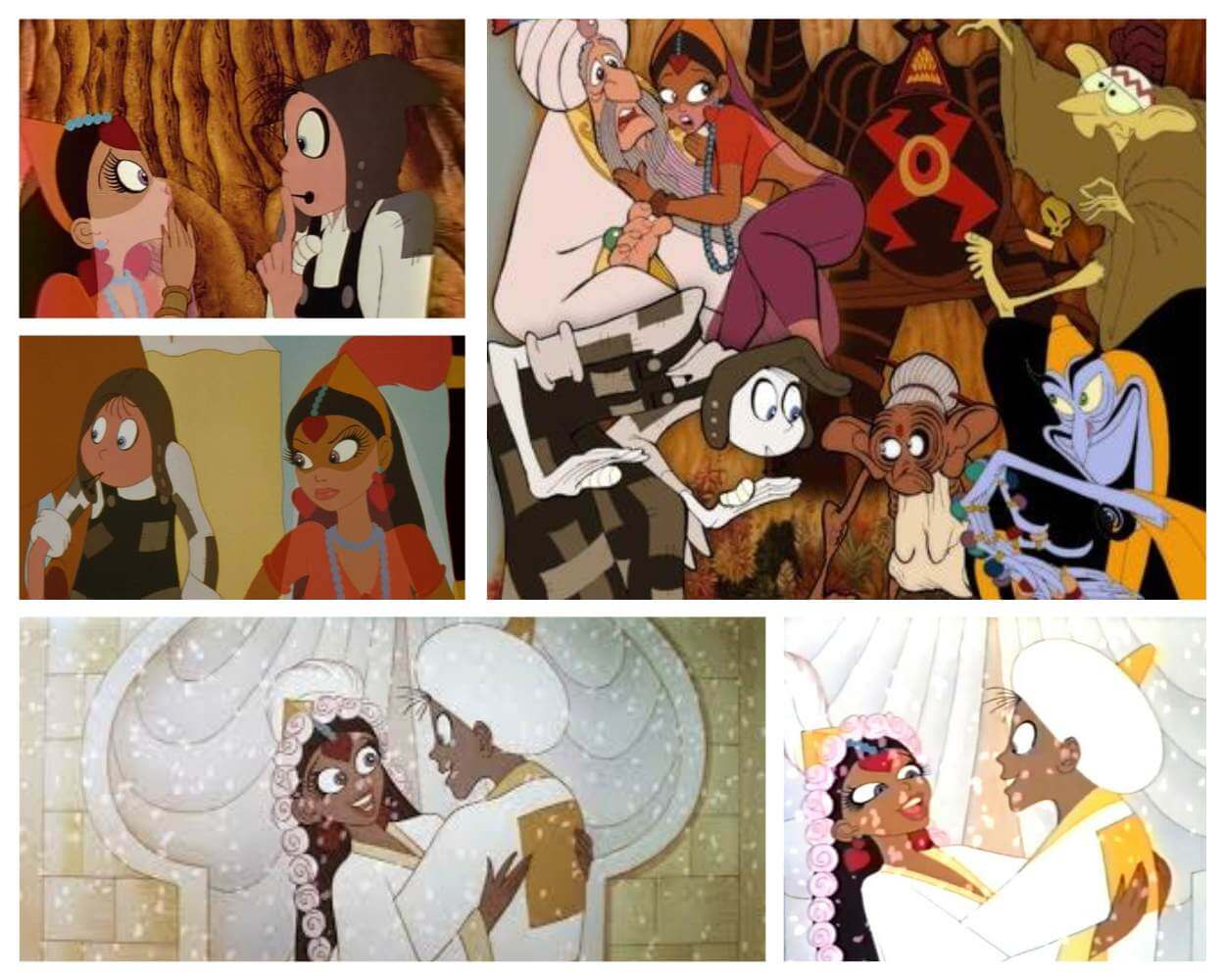
Imagine a world where the magic of Disney’s Aladdin had a lovechild with the wit of Monty Python, and you have the criminally underappreciated, enigmatic animated gem known as “The Thief and The Cobbler.” Picture it: a kaleidoscope of intricate Persian-inspired designs, mesmerizing Escher-like sequences, and a topsy-turvy journey through the bustling city of Baghdad.
With a production timeline spanning over three decades, it is no wonder that “The Thief and The Cobbler” have earned itself the title of “the greatest animated film ever made.” Join me as we uncover the story of this enchanting and elusive masterpiece that has stolen hearts and eluded completion for far too long.
The Legendary Mastermind Behind the Masterpiece
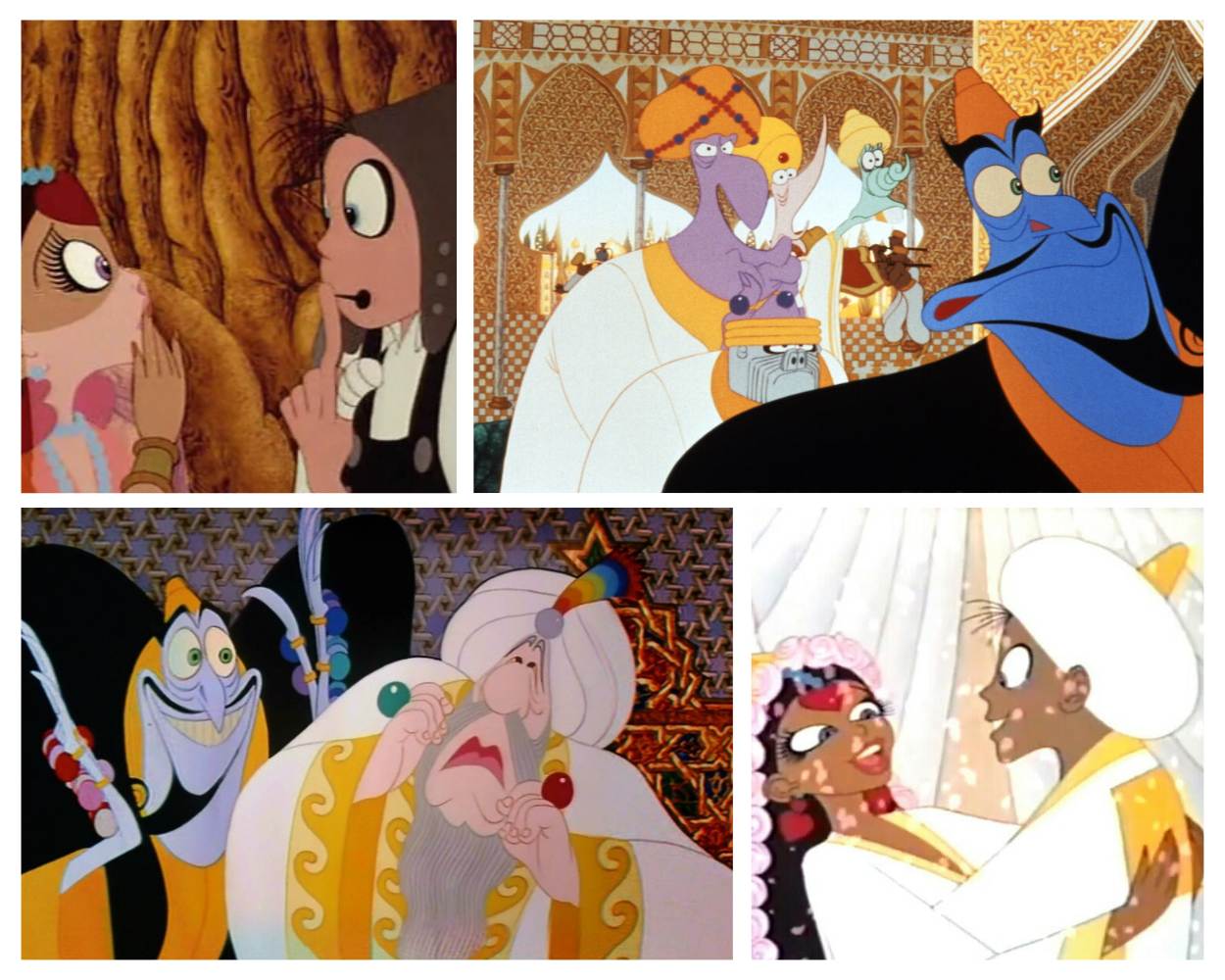
The brainchild of the acclaimed British animator Richard Williams, “The Thief and The Cobbler” was a passion project that began in 1964. Williams, a veritable wizard of animation, earned his stripes working on classics like “Who Framed Roger Rabbit” and “The Pink Panther” titles. His ambitious goal was to create the greatest animated film of all time, one that would surpass even Disney’s achievements.
Unfortunately, the project was plagued with financial woes, creative setbacks, and the undeniable struggle to translate Williams’ artistic vision into reality. Despite its tumultuous history, the film’s fragments of genius are a testament to the singular talent that was Richard Williams.
Directed by: Richard Williams
Written by: Richard Williams, Margaret French
Produced by: Richard Williams, Imogen Sutton
A Tale of Two Misfits and the Race to Save a City
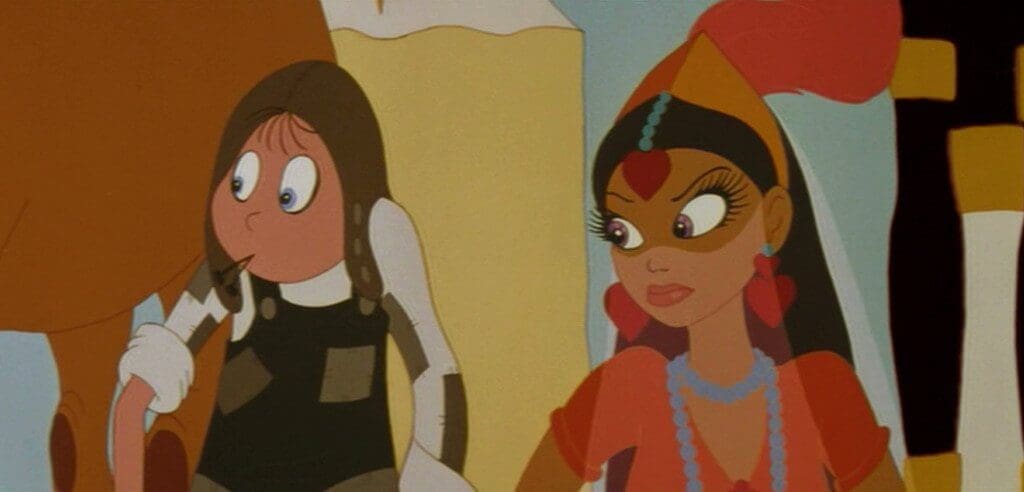
At its core, “The Thief and The Cobbler” tells the story of two unlikely heroes: Tack, a humble cobbler, and an unnamed kleptomaniac thief. Their adventures unfold against the backdrop of the bustling city of Baghdad, where the benevolent King Nod has a prophecy that foretells disaster.
With the city’s three golden balls stolen, our heroes must race against time to retrieve them, save the city, and thwart the villainous sorcerer, Zigzag. The film’s narrative is enriched by its wacky cast of characters, including the King’s daughter, Princess YumYum, who proves that the damsel in distress trope is anything but tired.
Release dates
- 13 May 1992 (Workprint)
- 23 September 1993 (The Princess and the Cobbler)
- 25 August 1995 (Arabian Knight)
Running time
- 91 minutes (Workprint)
- 80 minutes (The Princess and the Cobbler)
- 72 minutes (Arabian Knight)
The Unraveling of a Dream and the Quest for Restoration
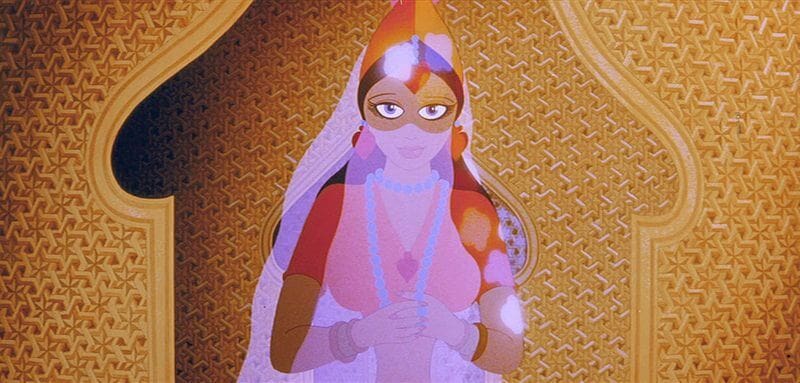
In 1992, after decades of struggle and unfinished film, the project was wrested from Williams’ hands and given to another studio to complete. The resulting “miracle” released in 1993 was a shadow of Williams’ original vision, with subpar animation and a disjointed narrative.
However, this was not the end of the story. In recent years, devoted fans and animation enthusiasts have undertaken the Herculean task of piecing together Williams’ masterpiece, using his original artwork and animation cels. The most notable of these efforts is the “Recobbled Cut” by Garrett Gilchrist, which offers a tantalizing glimpse into the film that might have been.
Disney’s Aladdin and The Thief and The Cobbler: A Tale of Two Animated Worlds
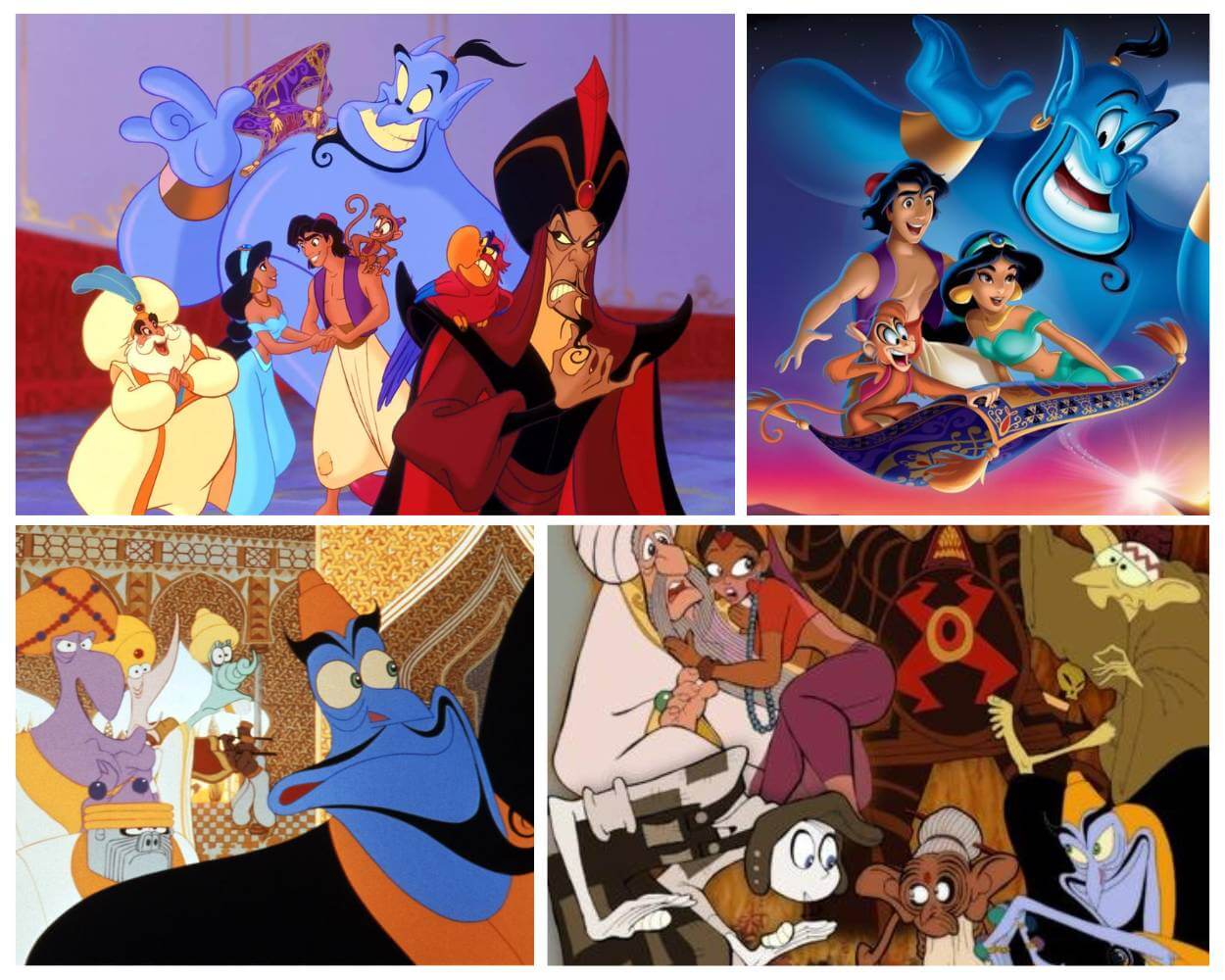
When Disney’s Aladdin first swept into theaters in 1992, audiences were captivated by its enchanting story, lovable characters, and dazzling animation. However, those familiar with Richard Williams’ passion project, “The Thief and The Cobbler,” couldn’t help but notice some striking resemblances between the two films.
From their Middle Eastern settings to their eclectic cast of characters and even specific visual elements, the similarities between these animated tales have raised the question: Did Disney steal from “The Thief and The Cobbler”?
The Overlapping Timelines and Visual Parallels
The overlapping timelines of Aladdin’s development and the ongoing production of “The Thief and The Cobbler” certainly capture attention. Williams started his project in the 1960s, and it remained in production while Disney developed Aladdin in the late 1980s and early 1990s. Both films showcase Middle Eastern-inspired settings, lively marketplaces, and vibrant characters.
Some visual elements share similarities, such as the design of Jafar, Aladdin’s evil vizier, which resembles Zigzag, the villainous sorcerer in Williams’ film. This likeness has prompted some to question whether Disney’s creative team heavily borrowed from “The Thief and The Cobbler.”
The Case for Coincidence
The similarities between Aladdin and “The Thief and The Cobbler” are intriguing, but the coincidence is possible. Both films draw from Middle Eastern folklore and culture, causing potential overlap in visuals and storytelling.
Aladdin is based on the Arabian Nights tale, while “The Thief and The Cobbler” derive from Middle Eastern legends. This shared source material adds to their similarities.
The Impact on “The Thief and The Cobbler”
Regardless of Disney’s borrowing elements from “The Thief and The Cobbler,” Aladdin’s release significantly impacted Williams’ troubled project.
The presence of a high-quality, big-budget Middle Eastern-inspired animation made investors more hesitant to back Williams’ ambitious work. Losing financial support led to the film’s removal from Williams and its completion by another studio, resulting in a compromised product that fell short of the original vision.
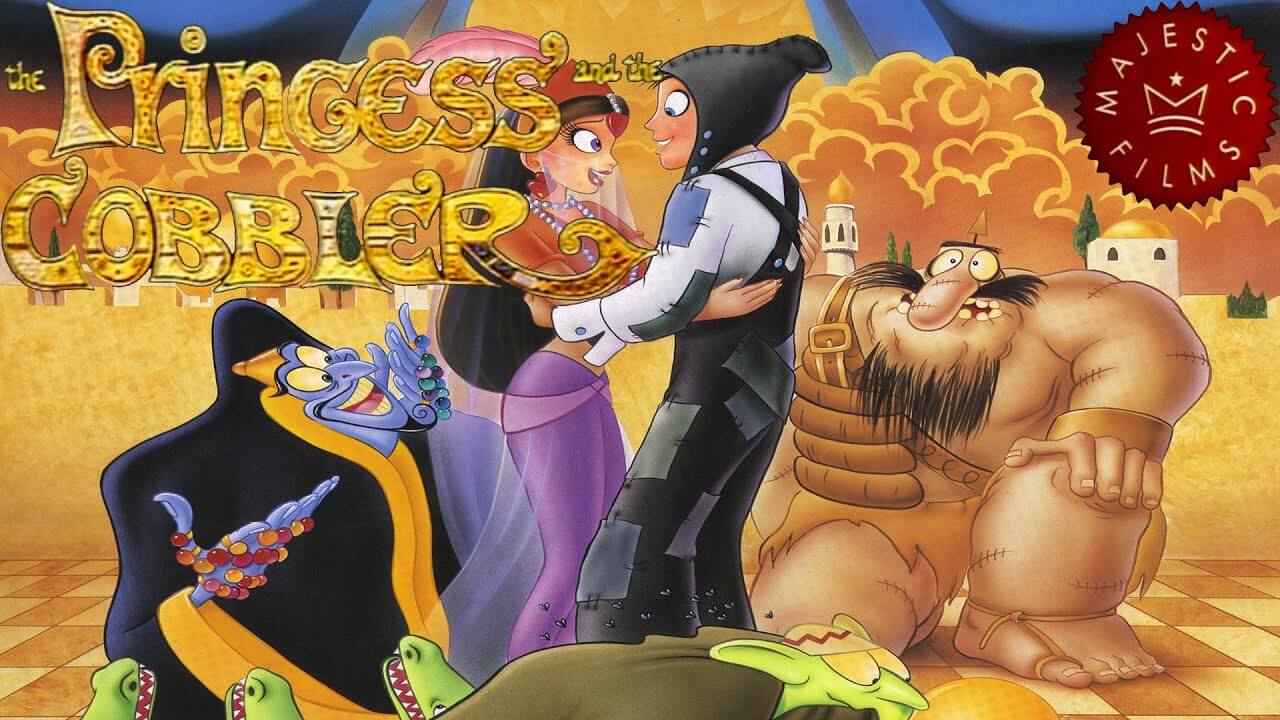
1. Who is the director of “The Thief and The Cobbler”?
The film was directed by the acclaimed British animator Richard Williams, known for his work on “Who Framed Roger Rabbit” and “The Pink Panther” titles.
2. When was “The Thief and The Cobbler” released?
The compromised version of the film, titled “The Princess and the Cobbler,” was released in 1993. However, the original vision of the film remains incomplete.
3. What is the storyline of “The Thief and The Cobbler”?
The film tells the story of two unlikely heroes, Tack the cobbler and a nameless thief, who embark on a quest to save the city of Baghdad by retrieving three golden balls stolen by the villainous sorcerer Zigzag.
4. What is the “Recobbled Cut”?
The “Recobbled Cut” is a fan-made restoration of “The Thief and The Cobbler,” created by Garrett Gilchrist. It attempts to bring the film closer to Richard Williams’ original vision, using available animation cels, artwork, and footage.
5. Did Disney’s Aladdin steal elements from “The Thief and The Cobbler”?
Although Aladdin and “The Thief and The Cobbler” are striking similarities, it is difficult to prove that Disney stole elements from Williams’ film definitively. The similarities may be a result of shared cultural inspirations and coincidences.
6. Why did it take so long for “The Thief and The Cobbler” to be completed?
The film’s production was plagued by financial difficulties, creative setbacks, and the challenge of translating Williams’ ambitious vision into a finished product. These factors contributed to the film’s extended production timeline spanning three decades.
7. What is the legacy of “The Thief and The Cobbler”?
Despite its troubled history and incomplete status, “The Thief and The Cobbler” has become a cult classic and a testament to the power of dreams, perseverance, and artistic vision. It continues to inspire animators and storytellers worldwide and serves as a reminder of the potential of human creativity.